TRADEMARK
Incredibly sharp black-and-white images of wildlife, shot from surprising angles. That is the trademark of David Yarrow, one of the world's best wildlife photographers today.Casual blue t-shirt on, bracelet on one wrist, Bremont watch on the other, quickly smoking a cigarette between interviews, lively, twinkling eyes and blessed with a deep voice. We meet David Yarrow a day before his exhibition opens in Amsterdam.
You are Scottish by birth, so I can't resist: what is your favourite whisky?
Haha, that's three: Tallisker, Highland Park, Jura. But those are certainly not the only single malts I like.
There are so many photography directions to think of. Sports, fashion, architecture, glamour... Why did you choose wildlife photography?
I was a sports photographer for a long time. But there is no dry living in that. The reason is that every photographer is watching the same match and trying to capture the same highlights. The more people take photos of a tennis match between Federer and Nadal, the less each photo is worth. Photos should be unique, offer an image you can't see anywhere else. I can create those images with wildlife photography.
I got the impression from wikipedia that you are a rich man, that photography is mostly an out-of-control hobby. But this sounds like an economically driven choice.
I am not rich. I may have a career in finance behind me, but photography is just my way of earning income now. And I need it badly, because London is an expensive city to live in, I have two children and a divorce behind me too, haha. But of course, the commercial side of things is only half the story. You can only do something well when you put your soul into it.
"IF YOUR PHOTOGRAPHS AREN'T GOOD ENOUGH, YOU'RE NOT CLOSE ENOUGH".
In several pictures, you choose a strikingly low camera angle. Why?
I often try to photograph below eye level of the animal. It gives more drama, more tension. And it's an image that people haven't often seen. It's not every day you look a lioness straight in the eye as she sneaks up on you.
But neither did you when you took that picture.
That's right. With animals like lions or rhinos, I use a kind of photo box and remote control for close-ups. Think of a square box on the ground containing a camera, while I hide ten metres away, holding a remote control and waiting for the ideal momentSafety first?
It is not just that. Photo legend Robert Capa once said, "If your photographs aren't good enough, you're not close enough." But it has to be possible. To take pictures like this, it is necessary that the animal approaches you. If I were behind the camera myself, there are two possibilities: the animal runs away immediately or tries to kill me. Both options do not produce the right picture. So I opt for a technical solution. The end justifies the means.
In the close-up of a polar bear, I see your reflection in its pupils. So you were right in front of that.
Indeed. Animals are not always as dangerous or offensive as many people think. It depends on the circumstances, the place, whether they have food or not, things like that. I took the photo of the polar bear during an Inuit whale hunt. An Inuit stood behind me and told me that this bear could be trusted, and I trusted the Inuit. Fortunately, he was right, haha.Do you set out with a plan or are the photos mostly accidental?
I often have in my head in advance what I want to photograph and how. But of course, this is not always easy to achieve. To take the perfect photo of a great white shark catching a seal, I spent over thirty hours floating around in a small boat. And the photo of an elephant family with cubs is something that took me years to locate exactly the situation and group I had in mind.
Does a good whisky help create new photo ideas?
Definitely! You need to relax things a little extra upstairs to find the best inspiration. Many writers, singers and other artists will agree. Soon I will be shooting in an extremely cold area. Minus twenty, thirty degrees. Then a few bottles will also go with me. Because that's the beauty of a good Scotch whisky: it keeps you warm too, haha! (Text: Gerben Bijpost Photography: David Yarrow Portrait: Isaiah Hezekiah)
More information: www.kunsthuisamsterdam.nl and www.davidyarrow.photography


